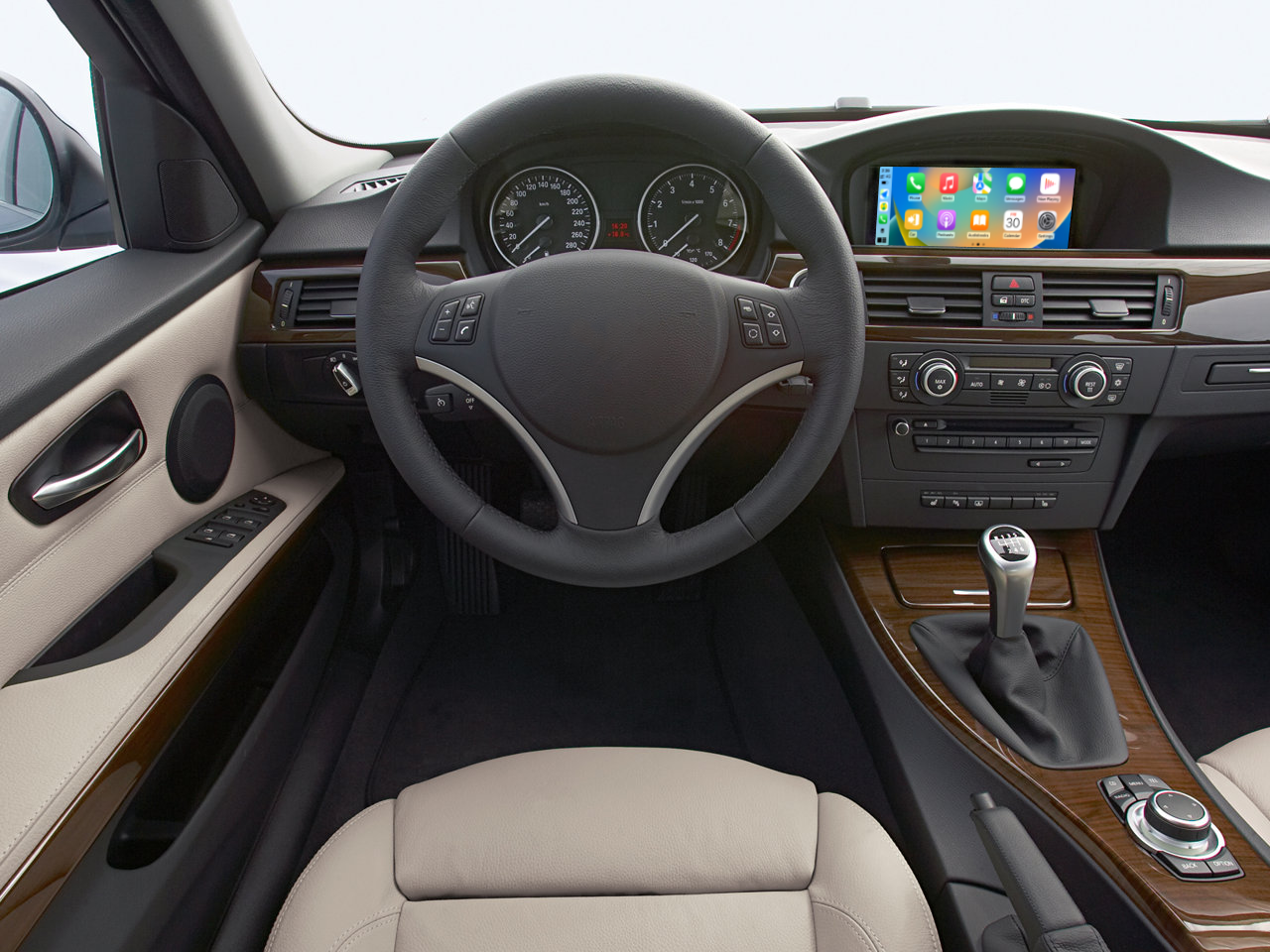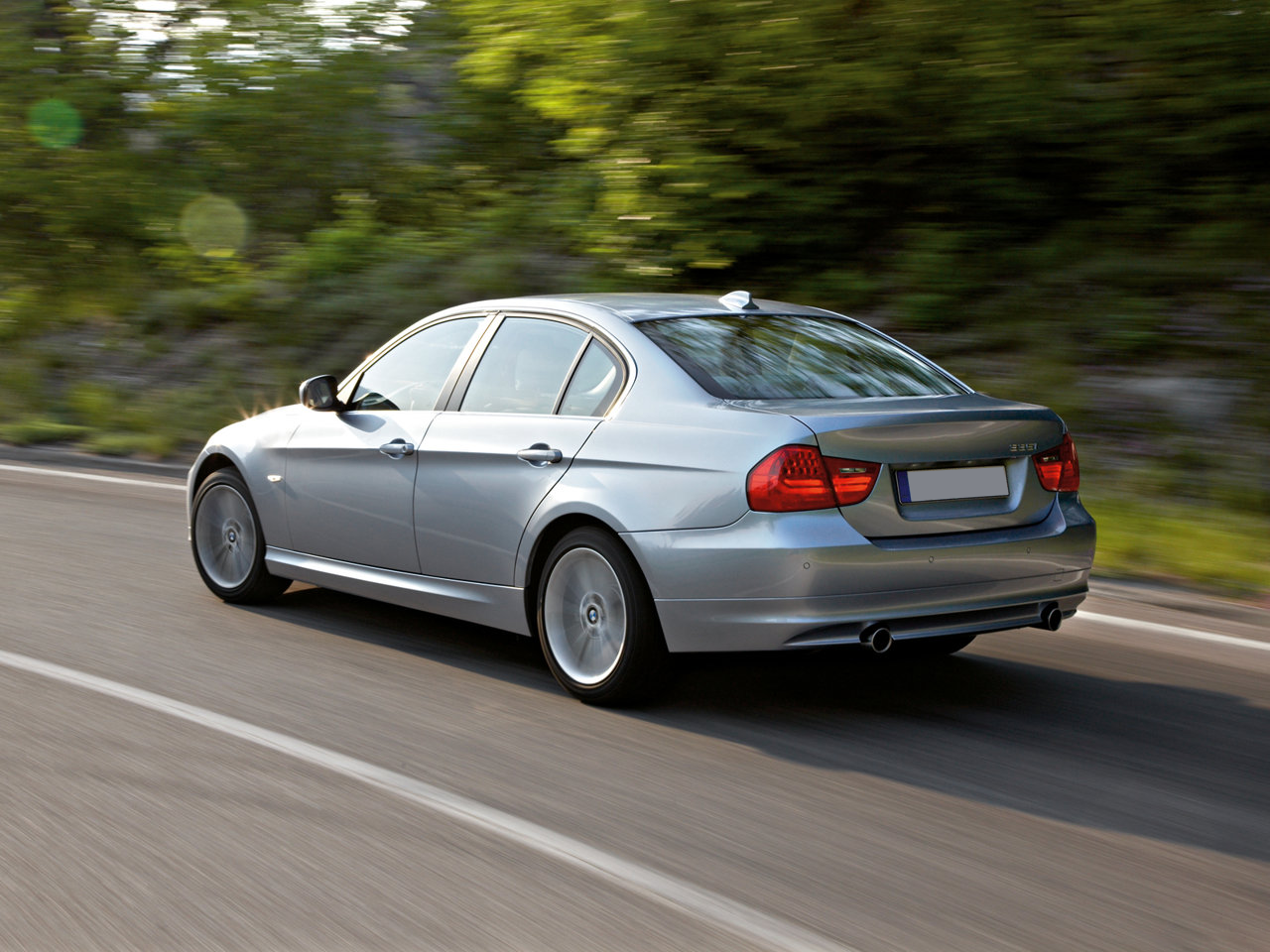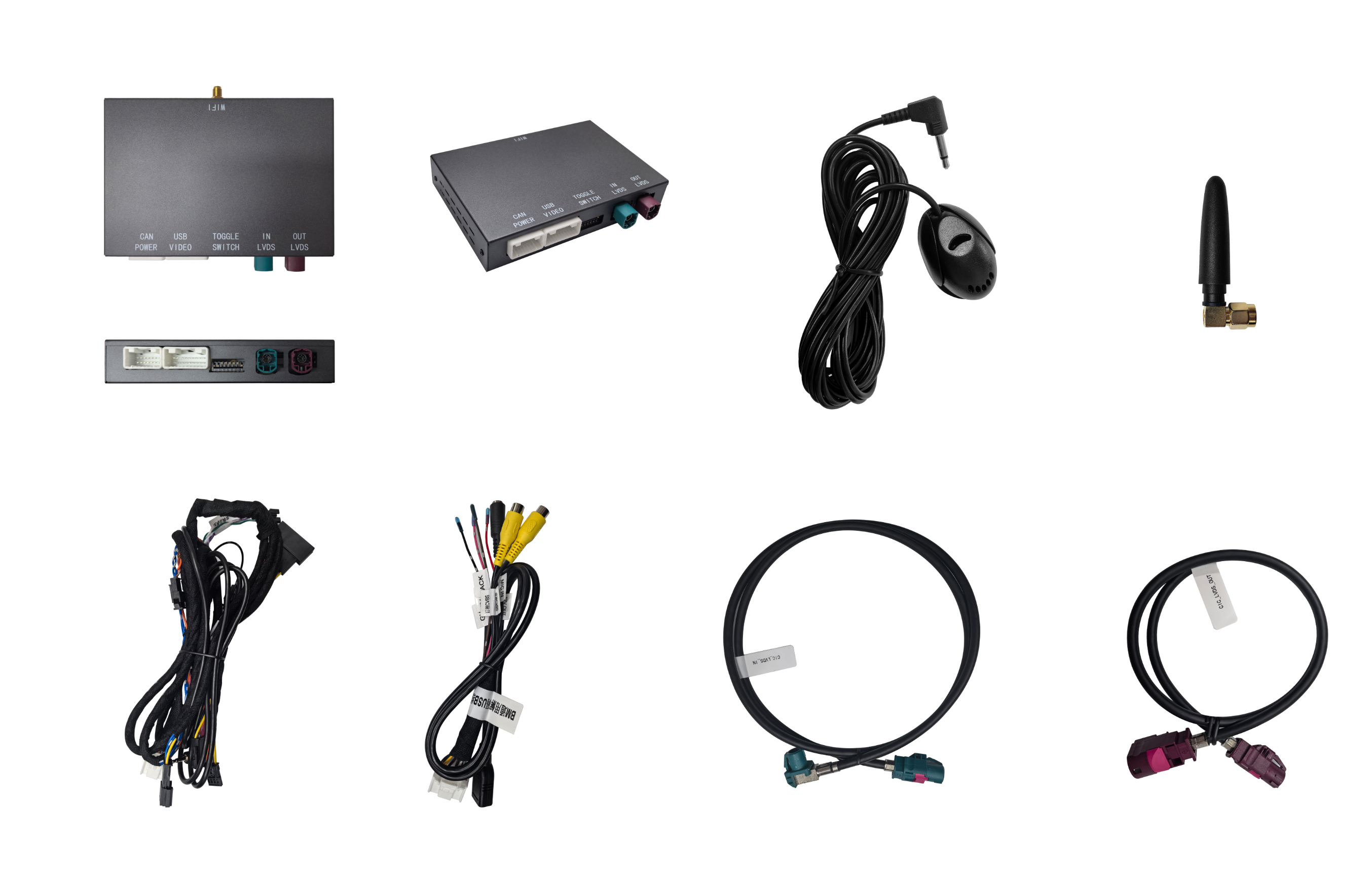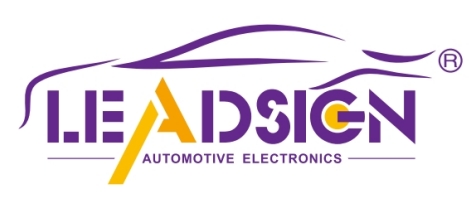Apple Carplay Adapter for Cars Without Carplay Installation Guide

An Apple Carplay adapter upgrades your car's entertainment system. If your car doesn't have Carplay, this is helpful. It connects your phone easily and improves your driving time. The plug-and-play setup makes it simple to install. For BMW CIC Apple Carplay installation, this adapter works well without expert help.
Key Takeaways
An Apple Carplay adapter improves your car's entertainment system. It helps connect your phone easily for a better drive.
Collect important tools like LVDS cables, a Wi-Fi antenna, and an iDrive cable. This will make the installation process easier and smoother.
Test the system after installing it to make sure it works well. This will improve your driving experience.
Required Accessories for BMW CIC Apple Carplay Installation

Adding wireless Apple Carplay to your car needs certain tools. Below is a simple list of what you’ll need to install BMW CIC Apple Carplay.
LVDS cables for video input and output
LVDS cables send video signals between the adapter and screen. They use a low signal of 0.35V, which lowers radiation. Their design reduces noise, keeping the signal clear. With speeds up to 1.15Gb, they handle high-quality video. These cables are perfect for your CIC system.
Wi-Fi antenna for wireless connectivity
A Wi-Fi antenna makes the wireless connection stronger and more stable. It boosts the signal and fixes weak spots. This is helpful in areas with walls or interference. A strong Wi-Fi signal gives you a better Carplay experience.
AV/USB cable for power and video input
The AV/USB cable powers the adapter and sends video signals. It transfers data quickly at 10 Gbps and supports 4K video. It also provides up to 100 watts of power for devices. This cable is tough and works well for BMW CIC systems.
Can Cable for plug-and-play power connection
The Can Cable makes setup easy with a plug-and-play design. It removes the need for tricky wiring. You can connect the adapter directly to the car’s power. This makes installation simple and reliable.
iDrive Cable with 4-pin and 10-pin connectors
The iDrive cable links the adapter to your car’s CIC system. It has 4-pin and 10-pin connectors for different setups. Clear steps help you connect it to your car’s system easily.
Aftermarket microphone and MIC adapter cable
If your car doesn’t have a microphone, you’ll need one. If it has an OEM MIC, use a MIC adapter cable. This connects the adapter to the microphone for clear calls and voice commands. It improves your overall experience.
Step-by-Step Apple Carplay Installation Guide

Getting your car ready for installation
Before you begin, prepare your car properly. Follow these steps:
Use the Can Cable to connect power easily.
Check if your BMW can activate Apple Carplay.
Make sure your car is from 2016 or later with NBT Evo ID5/6 or MGU iDrive.
Add a Wi-Fi antenna if your car doesn’t have one.
Gather tools like the iDrive Cable and a microphone if needed.
Good preparation makes the installation process easier.
Hooking up the LVDS cables (IN and OUT)
Attach the LVDS cables to send video between the adapter and screen. These cables reduce noise using twisted pairs and special signaling. Add a 100 Ω resistor at the end to keep the signal strong. For direct links, only terminate at the far end. This setup ensures clear video for your Carplay system.
Setting the Low CAN/High CAN connector options
Match the CAN settings to your car’s system. Use this table for help:
State | CAN High Voltage | CAN Low Voltage | Bit Type |
|---|---|---|---|
Recessive | 2.5 volts | 1 | |
Dominant | 3.5 volts | 1.5 volts | 0 |
Correct settings help the adapter and car communicate well.
Plugging the audio cable into the AUX-IN port
Connect the audio cable to the AUX-IN port for better sound. Wired connections often give clearer audio. However, speaker quality and audio source also matter. This step ensures your Carplay system sounds great.
Adding a microphone or connecting the OEM MIC
If your car has no microphone, install an aftermarket one. Many users say aftermarket microphones sound better than OEM ones. Use the MIC adapter cable to connect the microphone to the adapter. This improves call sound and voice commands.
Setting up the iDrive connection and toggle switch
Attach the iDrive cable to the adapter using the 4-pin or 10-pin connectors. Adjust the toggle switch as shown in the guide. This step helps the adapter work smoothly with your car.
Testing the system to ensure it works
After installation, test the system to check if it works. Do these checks:
Testing Protocol | Description |
|---|---|
Check if the equipment works correctly before full use. | |
User Acceptance Testing (UAT) | Make sure the system works well in real-life situations. |
Testing confirms your Apple Carplay system works and improves your driving experience.
Features and Functionalities of Apple Carplay
Apple Carplay and Android Auto support
Apple Carplay works well with Android Auto. It supports both iPhone and Android phones. You can switch between them easily. Use one interface for maps, music, and calls. This makes driving simpler and more fun.
Smartphone mirroring capabilities
Smartphone mirroring shows your phone's screen on the car display. You can open apps, read messages, and play media on it. Use apps like Maps or Spotify without holding your phone. This keeps you safer by reducing distractions.
SIRI voice recognition and navigation
SIRI lets you control the system with your voice. Ask SIRI to play songs, send texts, or give directions. For navigation, SIRI guides you step-by-step to your destination. This hands-free feature helps you stay focused on driving.
Music streaming and call management
Apple Carplay makes music and calls easy to manage. You can play playlists or use streaming apps quickly. Voice commands let you call or text without touching your phone.
Did you know?
Carplay helps you drive safer by reducing phone use. It also improves music streaming with smooth app integration.
Feature | Benefit Description |
|---|---|
Making Calls | Make calls using voice, keeping driving safer. |
Music Streaming | Play music or stream songs with simple controls. |
Hands-Free Navigation | Navigate with voice commands, keeping hands on the wheel. |
Seamless integration with the car's original system
Apple Carplay works perfectly with your car's system. It uses your car's buttons and touchscreen for control. You still keep all your car's original features. Carplay adds extras like voice control and phone connection.
Troubleshooting Common Issues During Apple Carplay Installation
Fixing sound issues with Carplay
Sound problems can ruin your Carplay experience. You may hear distorted audio or no sound. To fix this, find the problem and solve it.
Problem | Cause | Fix |
|---|---|---|
Wrong volume settings | Adjust volume on iPhone and car | |
No Sound | Mute is on | Turn off mute |
Loose or broken cables | Check and reconnect USB cable |
First, check your car's audio settings and iPhone volume. Make sure mute is turned off. If the problem continues, inspect the USB cable. Look for damage or loose connections. Replacing or reconnecting the cable often solves the issue.
Solving wireless connection problems
Wireless issues can happen during setup. Follow these tips for a stable connection:
Update Software: Keep your iPhone and car system updated to fix bugs.
Use Good Cables: Choose MFi-certified USB cables for better performance.
Speed Up iPhone: Delete unused apps and files to improve speed.
Clean Ports: Remove dirt from USB ports on your phone and car.
These steps help keep your Carplay connection smooth and reliable.
Installing the reverse camera properly
A good reverse camera improves safety. To set it up right, follow these tips:
Protect the camera from water to avoid blurry views.
Test the camera to ensure it works in all weather.
Follow safety rules like FVMSS No. 111 for clear images.
These steps make sure your reverse camera works well for a long time.
Checking AUX-IN and MIC wiring
Good wiring ensures clear sound and voice commands. Cars made after 2005 often use multiple microphones. Older cars may have a microphone in the mirror area.
Check the AUX-IN port and MIC wires carefully. Make sure all connections are tight to avoid sound problems. Use your car's wiring guide if needed. This ensures your Carplay system works its best.
Adding an Apple Carplay adapter improves your car experience.
Main Advantages:
Works smoothly with your car's system.
Updates often bring new features.
Better navigation with live updates.
Use Siri for hands-free and safe driving.
Access more apps for extra features.
Have a smarter and safer drive. Check trusted brands like LEADSIGN for help and guides.
FAQ
How can I check if my car works with the LEADSIGN Apple Carplay adapter?
Look at your car's model and year. The LEADSIGN adapter works with BMW CIC systems. It fits cars from 2016 or newer with NBT Evo ID5/6 or MGU iDrive.
Can I set up the Apple Carplay adapter by myself?
Yes, you can do it yourself. The LEADSIGN adapter is easy to install with its plug-and-play setup. Just follow the steps in the guide, and you won’t need a professional.
Does this adapter work with both wired and wireless setups?
Yes, it does! The LEADSIGN adapter supports both wired and wireless options. Pick the one that fits your needs for ease and use.
Tip: Keep your software updated to ensure smooth performance and compatibility.

